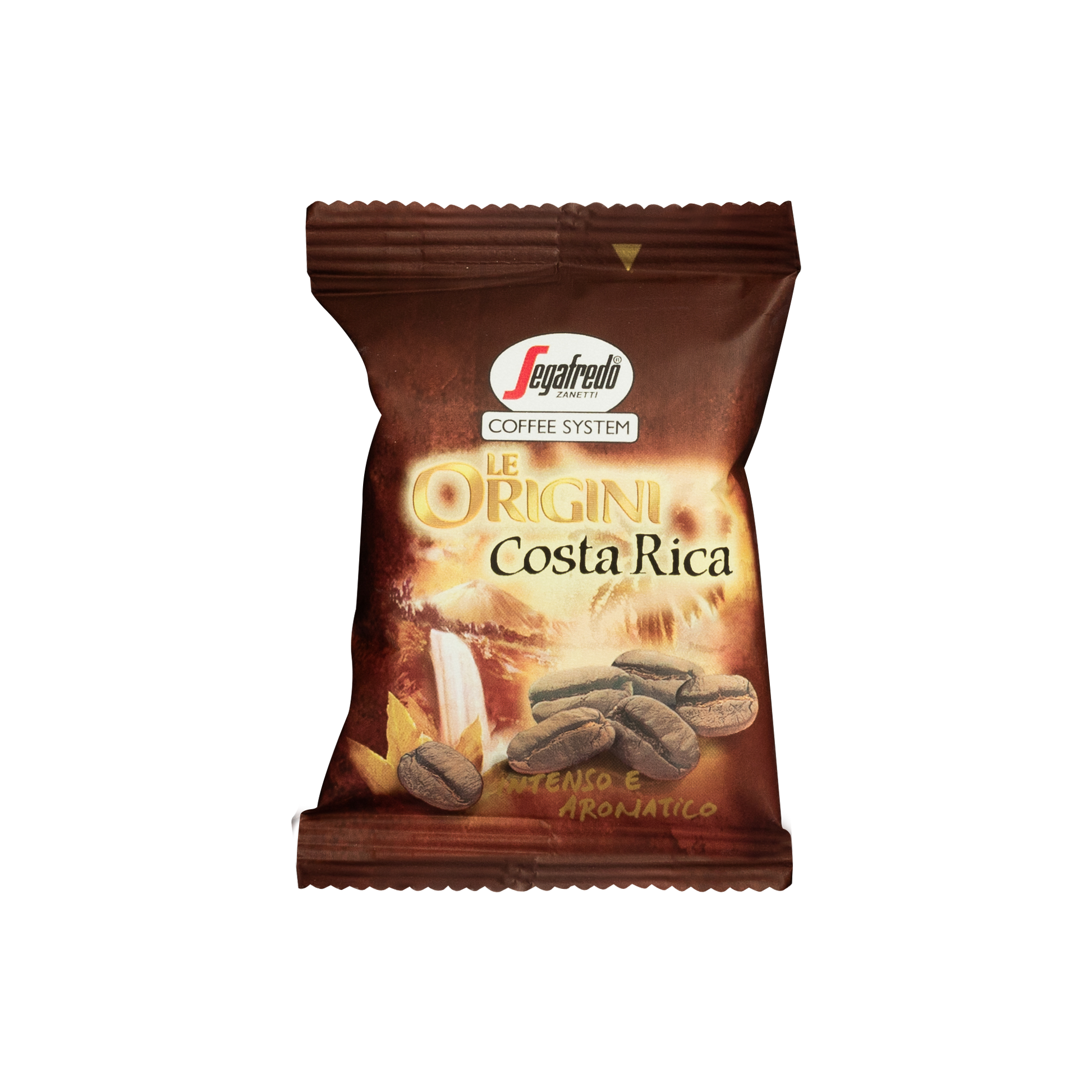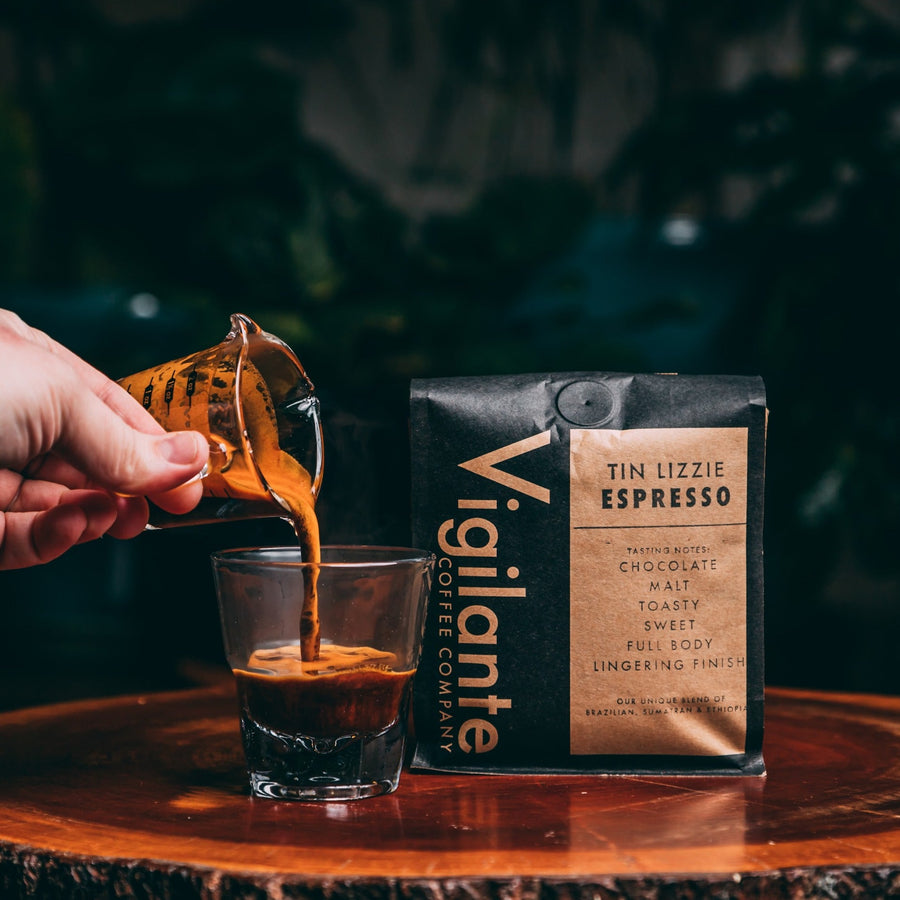What Makes SOE Single Origin Espresso Unique from Combination Beans
What Makes SOE Single Origin Espresso Unique from Combination Beans
Blog Article
Comprehending Coffee Beans: the Trip From Coffee to Blended Coffee Beans

The Beginnings of Coffee: A Worldwide Viewpoint
While you may think of coffee as a modern-day staple, its beginnings trace back centuries, intertwining with societies across the world. The tale begins in Ethiopia, where legend claims a goat herder named Kaldi uncovered the energizing impacts of coffee beans after seeing his goats frolicking vigorously after consuming them.
As profession courses increased, coffee made its means to Europe in the 17th century, promptly gaining popularity. Each culture added its distinct twist to coffee preparation, enriching its history.
Growing and Harvesting of Coffee Beans
As coffee's trip progressed, the emphasis moved to the growing and harvesting of certain bean ranges, especially those utilized for espresso. You'll discover that espresso beans frequently come from Arabica or Robusta plants, each offering distinct flavors. The perfect growing conditions include high altitudes and abundant, well-drained dirt, which boost the beans' high quality.
During the harvest, choosing approaches vary. In some regions, workers hand-pick ripe cherries, making certain just the finest fruit mosts likely to handling. In other locations, mechanical farmers are used, especially on bigger farms. When the cherries get to peak ripeness for optimum taste., timing is essential; you want to collect.
As soon as gathered, the beans are prepared for handling, which is necessary in identifying their final preference. Understanding the cultivation and collecting procedures gives you insight right into what enters into your favorite coffee, enhancing your recognition for every mug.
Processing Methods: From Cherry to Bean
Currently that you have actually found out about gathering coffee beans, let's discover how those cherries transform into the coffee beans you love. You'll see exactly how different harvesting strategies impact taste, complied with by the crucial actions of fermentation and drying out. Finally, we'll damage down the milling and grading process that determines your coffee's quality.
Collecting Strategies Described
When it concerns coffee, recognizing harvesting methods is vital, since they straight impact the taste and top quality of the beans you enjoy. There are two main approaches: selective picking and strip picking. Careful selecting involves hand-picking only ripe cherries, guaranteeing you obtain the most effective high quality beans. This technique usually results in a richer taste account, though it's even more labor-intensive. On the various other hand, strip selecting means gathering all cherries at as soon as, despite ripeness. While it's quicker and cheaper, this can lead to a mix of tastes, influencing the final item. Eventually, the option of gathering method can substantially affect your coffee experience, so it deserves recognizing just how those beans made it to your mug.
Fermentation and Drying Out
After harvesting, the next action in handling coffee beans play a considerable role in forming their taste. You'll discover that fermentation is important, as it helps damage down the mucilage surrounding the beans, enhancing their preference account. Depending upon the method, this process can last from a few hours to numerous days, with differing results based upon temperature and humidity.
Sun-drying enables the beans to soak up flavors from the environment, while mechanical drying out guarantees regular wetness degrees regardless of climate. Appropriate drying out is important to prevent mold and maintain the beans' quality, eventually affecting your cup of coffee.
Milling and Grading Process
As fermentation and drying established the phase for flavor advancement, the milling and grading process assurances that just the finest coffee beans make it to your cup. This stage involves removing the outer layers of the coffee cherry, including the parchment and husk. High-quality beans obtain a higher quality, resulting in a richer coffee experience.
Toasting Techniques: Opening Flavor Possible
When you roast coffee beans, the approach you select can substantially influence the flavor profile. Comprehending the connection in between time, temperature level, and roasting techniques is essential to revealing the possibility of your mixture. Let's discover exactly how these components integrated to produce the excellent mug.
Toasting Techniques Discussed
While you may believe that all coffee toasting approaches generate the same results, the reality is that each strategy discloses distinct taste potentials in the beans. You can choose in between techniques like drum toasting, air roasting, or also traditional pan roasting. Drum roasting utilizes a rotating drum to uniformly More Info distribute warm, enhancing caramelization and generating a balanced taste. Air roasting, on the other hand, circulates warm air around the beans, promoting a lighter roast with pronounced level of acidity. Frying pan roasting permits for hands-on control however needs continuous focus to avoid burning. Each approach has its subtleties, so trying out different strategies can assist you uncover the best roast that aligns with your preference preferences. Enjoy the trip of finding your perfect mug!

Influence On Flavor Profile
Various toasting methods not just affect the process however likewise considerably influence the flavor profile of the coffee beans. When you pick a light roast, you'll experience bright acidity and flower notes, showcasing the bean's beginning. On the other hand, a medium roast equilibriums level of acidity with sweetness, frequently exposing chocolatey touches. Dark roasts, on the other hand, bring out vibrant, smoky flavors, sometimes covering up the bean's one-of-a-kind qualities. Each method discloses various oils and compounds, resulting in a wide variety of flavors. By exploring with numerous toasting designs, you can uncover which profiles reverberate with your taste buds. Comprehending these nuances helps you appreciate the virtuosity behind your cup of coffee, improving your general experience with every sip.
Time and Temperature Elements
To launch the complete flavor capacity of coffee beans, both time and temperature level throughout the roasting process play substantial duties. When roasting, you'll find that greater temperature levels can swiftly establish flavors, yet if you hurry it, you could finish up with charred notes. Conversely, reduced temperature levels permit a more steady taste development, showcasing the beans' unique features.

Timing is equally as important; expanding the roast too long can bring about a loss of level of acidity and brightness, while also short a roast might leave the beans underdeveloped. Locating that wonderful spot requires technique and experimentation. By adjusting these aspects, browse around here you can expose the rich, complex tastes hidden within each bean, developing an absolutely impressive coffee experience.
The Art of Blending: Crafting Distinct Coffee Accounts

Beginning by selecting a base coffee that supplies a strong structure. Pick corresponding beans to enhance certain flavor notes. An intense Ethiopian bean can bring fruitiness, while a rich Brazilian coffee adds body. Experimentation is essential-- don't hesitate to readjust proportions till you locate your perfect profile.
As you mix, keep in mind that each combination informs a tale. You're not just making coffee; you're creating an experience. So, take your time, preference regularly, and delight in the trip of uncovering your signature blend.
Developing Techniques: Just How Preparation Affects Flavor
Mixing coffee opens up a domain of taste possibilities, but just how you brew that mix can significantly influence your last mug. On the other hand, a pour-over highlights the coffee's quality and brightness, perfect for showcasing delicate notes.
Espresso, with its high stress, generates a focused shot that emphasizes sweet taste and crema. If you favor a lighter mixture, take into consideration a chilly mixture approach; it produces a smooth, less acidic preference.
Adjusting variables like water temperature level, grind dimension, and brew time can change your coffee's profile. Welcome the art of developing to uncover the flavors concealed in your coffee blends.
The Future of Coffee: Sustainability and Advancement
As the coffee market evolves, sustainability and innovation are becoming essential for addressing ecological obstacles and meeting consumer needs. You'll discover that more coffee business are embracing environment-friendly practices, from sourcing beans morally to carrying out sustainable farming strategies. These shifts not just assist the earth but additionally improve the quality of the coffee you delight in.
You may see technologies like eco-friendly look at this website product packaging and water-saving brewing approaches that lower waste. Advanced technology, such as blockchain, is also ending up being prominent, making sure openness in the supply chain, which enables you to map your coffee back to its beginnings.
On top of that, spending in neighborhood areas and sustaining farmers with reasonable trade efforts fosters a more sustainable coffee community. As you sip your next cup, remember that your choices can contribute to a brighter future for coffee. By choosing sustainable brand names, you're not simply taking pleasure in a beverage; you're making a positive effect on the world.
Frequently Asked Concerns
What Is the Distinction In Between Arabica and Robusta Beans?
Arabica beans are smoother, sweeter, and have a greater level of acidity, while robusta beans are more powerful, a lot more bitter, and consist of more caffeine. When brewing your coffee., you'll see these differences in taste and scent.
How Does Elevation Affect Coffee Bean Flavor?
Elevation impacts coffee bean taste significantly. Greater elevations generate beans with brighter level of acidity and complex tastes, while lower elevations typically yield beans that are larger and less nuanced. You'll see these differences in your cup!
What Are the Wellness Advantages of Alcohol Consumption Coffee?
Consuming coffee can increase your energy, enhance mental emphasis, and even enhance physical efficiency. It's rich in anti-oxidants, might reduce the danger of specific diseases, and can advertise a healthier metabolic rate when eaten in moderation.
Can Coffee Beans Be Recycled for Brewing?
Yes, you can recycle coffee beans for brewing, yet the flavor might be weaker. If you appreciate exploring, attempt reusing them in different means, like chilly mixtures or including in smoothie mixes for an additional kick.
How Should I Shop Coffee Beans for Freshness?
To keep your coffee beans fresh, keep them in an airtight container in a great, dark place. Avoid revealing them to light, moisture, or warm, as these variables can quickly degrade their flavor and scent.
Recognizing Coffee Beans: the Journey From Espresso to Blended Coffee Beans.
Now that you've discovered regarding gathering coffee beans, allow's discover just how those cherries transform into the coffee beans you like.When you roast coffee beans, the approach you choose can substantially impact the flavor account - Single Origin Espresso.While you may assume that all coffee roasting approaches generate the same outcomes, the truth is that each strategy reveals unique flavor potentials in the beans.Different roasting techniques not only influence the process however likewise considerably impact the flavor profile of the coffee beans
Report this page